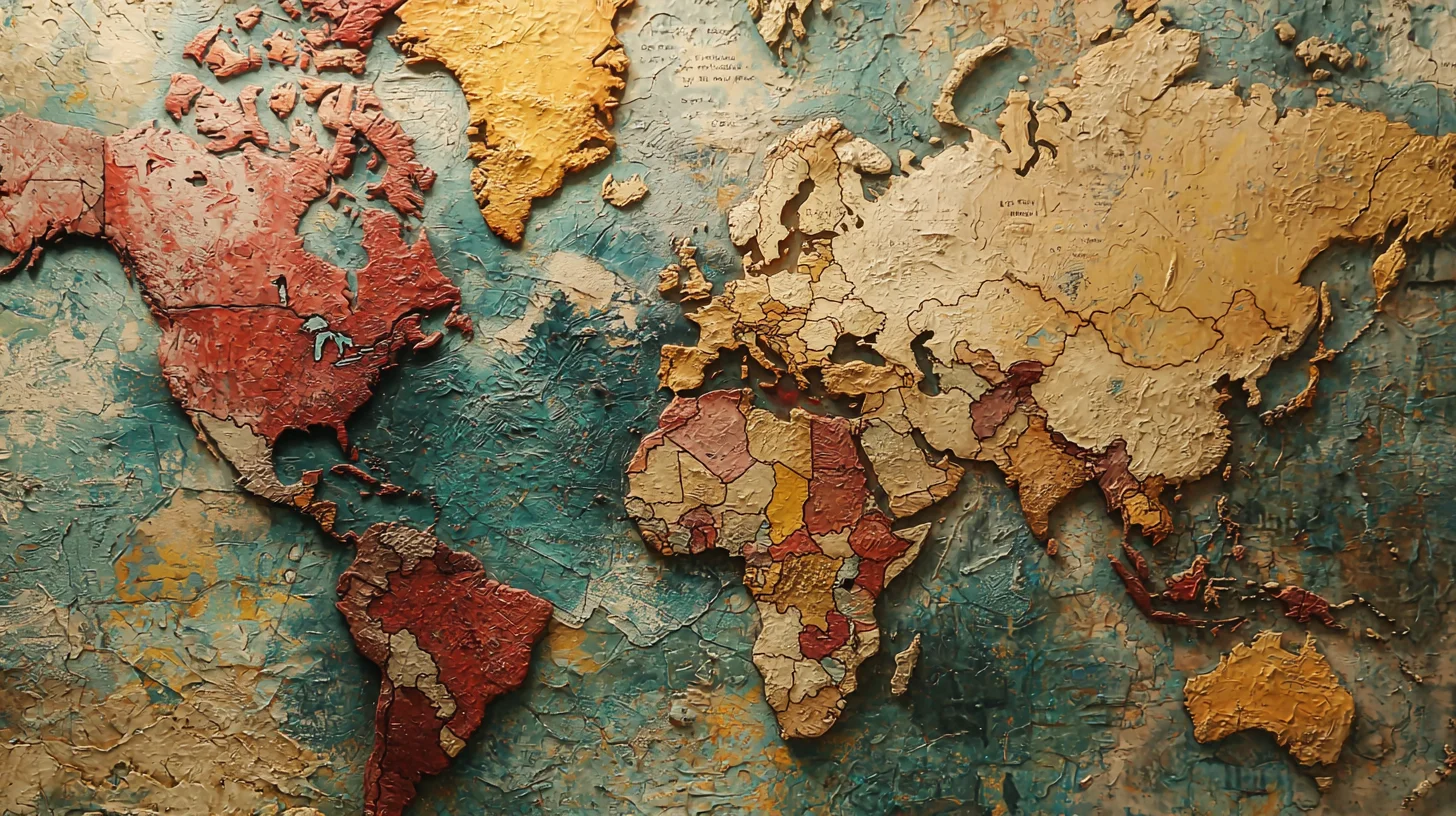07 April 2024
Echoes Through Time: The Unyielding Power of Earthquakes.

Press the play button in the top right corner to listen to the article
Throughout history, earthquakes have stood as formidable forces of nature, capable of altering landscapes and the course of human civilizations within moments. These seismic events, resulting from the Earth's tectonic plates grinding and shifting against each other, reveal the dynamic nature of our planet. This article delves into the mechanics of earthquakes, their historical impact, and the ongoing quest to understand and mitigate their effects.
At the core of an earthquake's genesis is the movement of the Earth's lithosphere, composed of several large and small tectonic plates. These plates move due to the convective currents in the semi-fluid asthenosphere beneath them. Earthquakes predominantly occur along the boundaries of these plates, where they may either collide, slide past one another, or move apart. The energy accumulated from these movements, when released, manifests as seismic waves that shake the ground we live on.
The Earth's most earthquake-prone areas, known as seismic hotspots, align with these plate boundaries. The Pacific Ring of Fire, encircling the Pacific Ocean with its frequent seismic and volcanic activity, and the Alpide belt, stretching from the Mediterranean region through the Himalayas to parts of Southeast Asia, are among the most notable. These regions, marked by a long history of significant seismic events, underscore the global nature of earthquake risk.
The human toll of earthquakes has been staggering. Historical records document events that reshaped societies and landscapes. For instance, the Shaanxi earthquake in 1556, considered the deadliest in recorded history, claimed hundreds of thousands of lives in China. In more recent history, the 2004 Indian Ocean earthquake and ensuing tsunami represented one of the deadliest natural disasters of the 21st century, affecting several countries and resulting in over 200,000 deaths. The 2010 Haiti earthquake, while lower in magnitude, resulted in a catastrophic loss of life, highlighting the compounding factors of infrastructure and emergency preparedness in earthquake mortality rates.
The quest to predict earthquakes has long been a focus of seismology. Despite advances in understanding the Earth's seismic activity, accurately predicting the timing and location of earthquakes remains elusive. Current efforts are instead focused on assessing earthquake risks and probabilities, particularly in regions known for seismic activity. This approach, while not predictive, aids in preparation and mitigation strategies.
Preparation and mitigation have become central themes in reducing earthquake impact. Advances in engineering have led to the development of earthquake-resistant buildings designed to withstand seismic forces. Early warning systems, leveraging a network of seismic sensors, offer precious seconds to minutes of warning, allowing people and systems to initiate protective actions. Moreover, public education campaigns aim to ensure that individuals know how to respond when the ground begins to shake.
Internationally, collaborations have strengthened the global response to earthquake risks. The sharing of seismic data and research across borders has enhanced our collective understanding of earthquakes. Countries situated in high-risk areas have implemented stringent building codes and invested in infrastructure resilience, learning from past events and incorporating global best practices.
In conclusion, earthquakes remind us of the dynamic nature of the Earth. While their unpredictability remains a challenge, ongoing research and technological advances offer hope in minimizing their destructive potential. The legacy of earthquakes in human history underscores the importance of preparedness, resilience, and international cooperation in facing these natural phenomena. As we continue to build our knowledge and capabilities, our relationship with the Earth's seismic forces evolves from one of vulnerability to one of preparedness, aiming to protect future generations from the devastating impacts of earthquakes.
The content, including articles, medical topics, and photographs, has been created exclusively using artificial intelligence (AI). While efforts are made for accuracy and relevance, we do not guarantee the completeness, timeliness, or validity of the content and assume no responsibility for any inaccuracies or omissions. Use of the content is at the user's own risk and is intended exclusively for informational purposes.
#botnews














































































